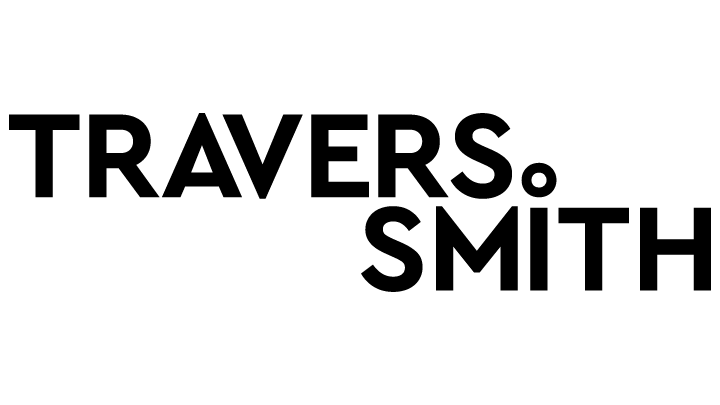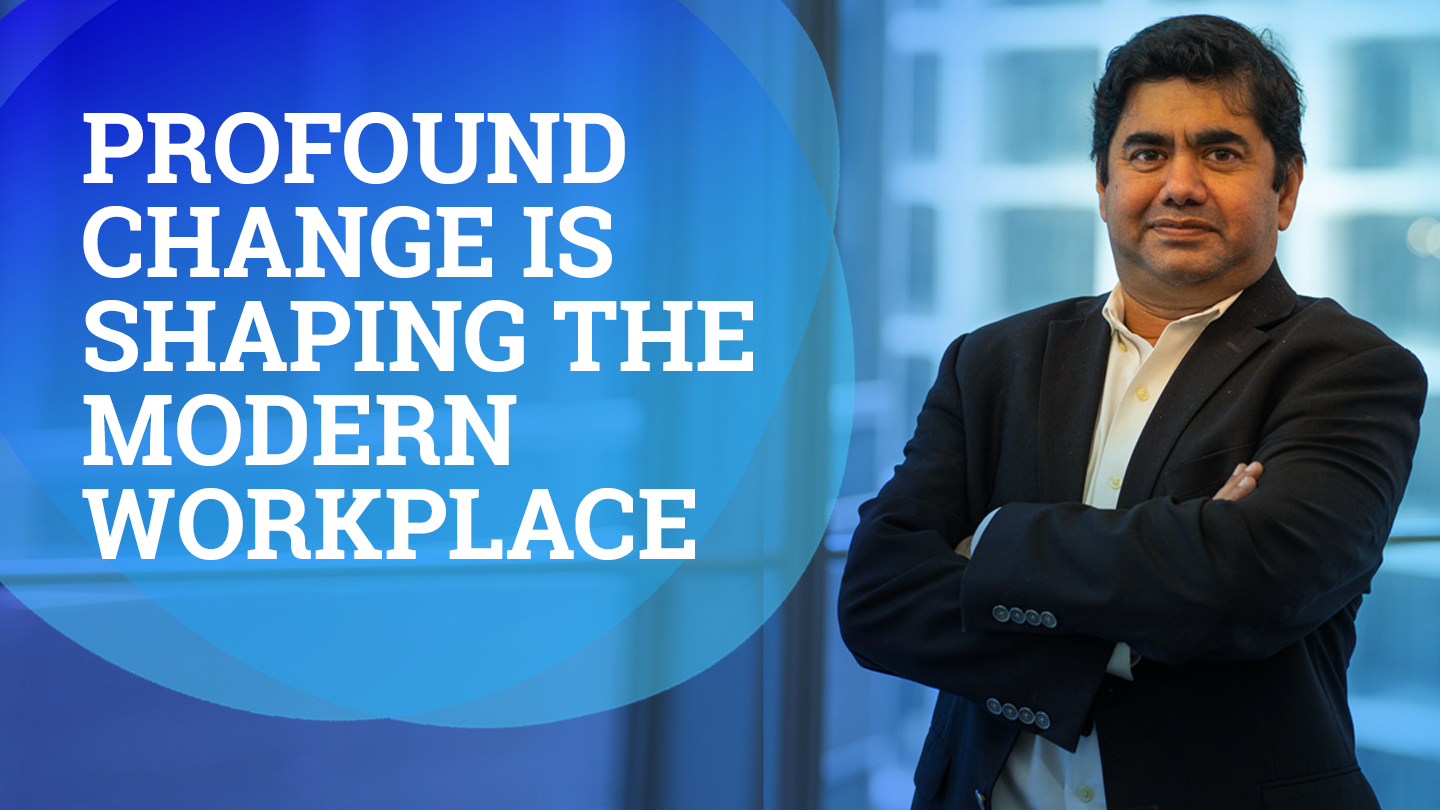Juggling apps, sifting through emails, and searching through documents is a major time-sink. But it doesn’t have to be.
Knowledge work is complicated at the best of times, but one of the biggest problems we see people face is juggling the various apps, documents, and schedules that make up the meat and potatoes of the working day.
Before I hopped over to legal tech, I was a litigator. I graduated law school within the last decade, and even though my firm had the option to use digital tools, we still found ourselves reliant on a series of paper calendars that our administrators would update weekly. The problem is, this way of working wasn’t fast enough to keep up with the speed of change, which I found out the hard way by turning up to the wrong courthouse one morning (and just barely making it back to my court call on the other side of town).
This isn’t uncommon. Outdated or inefficient processes in knowledge work routinely lead to lost time, lost revenue, and frustrated employees — and things haven’t changed all that much since. Yes, technology has streamlined things a little. But juggling various apps and devices, sifting through emails to find the right documents — always the last place you look, am I right? — these things are still huge drains on productivity.
So much so, in fact, that it’s estimated 61% of the average professional’s workday is spent doing “work about work” — finding documents, replying to emails, checking schedules, trying to figure out where the rest of the team are with their progress. Basically, just playing defense on their work for the day.
It’s a huge time- and money-sink, costing companies around $7k per employee, per month. And it’s no picnic for employees, either. A recent survey revealed that 37% of knowledge workers feel they don’t have access to the information they need to be successful.
It’s a problem. One you’re probably familiar with. Although not one that’s insurmountable — or actually even that difficult to solve.
Everything you need, exactly where you need it
At iManage, our team contains a lot of knowledge workers, too. And many of us have worked in roles and industries like yours prior to our current positions. This means we understand exactly how these issues feel. And it also means we were able to create a solution that prevents people like us from tearing their hair out trying to get things done.
In 2020, we set out to create a tool that would streamline knowledge work and place all the information you need to execute a project at your fingertips. That tool is iManage Tracker; an integrated task and checklist management solution that improves work visibility, reduces security risks, and simplifies collaborative working.
Tracker allows you to instantly convert emails into tasks simply by dragging and dropping them, so you can say goodbye to the hours spent sifting through your inbox trying to organize work. Especially since all the documents associated with those tasks are intelligently linked and always just a click away, not hidden in a thread that you’ve long since forgotten about. It’s sort of like if a fairy godmother waved her wand and organised your work life, but, you know, real.
Tracker also provides everyone with real-time visibility into what’s happening when – how projects are going, who’s doing what, and what has to be done next – which enables operations to continue uninterrupted even when people are off sick or switch roles.
Our CEO, Neil Araujo, put it best when he said: “Traditional document management is static, the digital equivalent of a filing cabinet. Tracker takes that static document management system and makes it dynamic, so things are easy to action.”
From a knowledge worker’s point of view, one of the biggest benefits is that Tracker doesn’t require you to add another program or app to the long list of those you already use. Because, honestly, who needs that? Instead, the task panel is accessible from within whatever programs you normally work in. So, your daily habits can stay as they are, while getting a lot more efficient.
The unexpected benefits of smarter working
I could gab about the benefits of Tracker all day, from the gold-standard security to seamless transparency. But, if we’re honest, you could learn about those things from visiting our website.
Instead, I thought I’d share some of the tangential benefits; the things a task management system like this can enable you to do that don’t often get sung from the rooftops.
Create standardized processes
Tracker automatically preserves checklists for certain processes, and that can pay dividends when your company spends a lot of time on repeatable activities. With Tracker, you can use the same checklist, along with any attached notes or forms, as a template for future work, removing all the legwork that goes into starting a project, and ensuring nothing is forgotten.
This, along with the time saved asking questions, searching for documents, sending files, and checking project progress, can result in significant cost savings — and can ensure work is completed with the same level of consistency every time.
Connect everyone, everywhere
Tracker works so well because everyone in the entire organization has visibility of what’s going on, all in a secure environment and on a need-to-know basis. One of the positive side-effects of this is that it connects everyone and ensures easy communication across the entire company, from the top down.
This helps to create a flatter and more collaborative structure, where knowledge workers are always just a few short steps away from the people and answers they need. And that’s also a massive benefit for new hires.
Streamline onboarding
Onboarding new talent can be difficult, and in the age of post-pandemic remote working it’s only gotten harder.
One of the things I noticed when I started working at iManage, during the pandemic when remote work became the norm, was how many questions I had. Maybe you can relate. But one thing I didn’t want to take people’s time up with was asking annoyingly simple questions, like “where the hell is the file I’m supposed to read?”
With Tracker you can standardize onboarding processes by creating a step-by-step checklist of tasks, with each task directly linked to the required documents and resources. And, because everyone in the organization is connected, if new hires do need to reach out to someone it allows conversations to be about the material content of the working day, and not simply how to find a file.
Each of these things contributes to smarter, faster working, happier employees, and a more productive organization. And really, it’s just the start of what Tracker can help you to achieve.
If you want to see what it can do for your organization, you can register for a demo, here.




